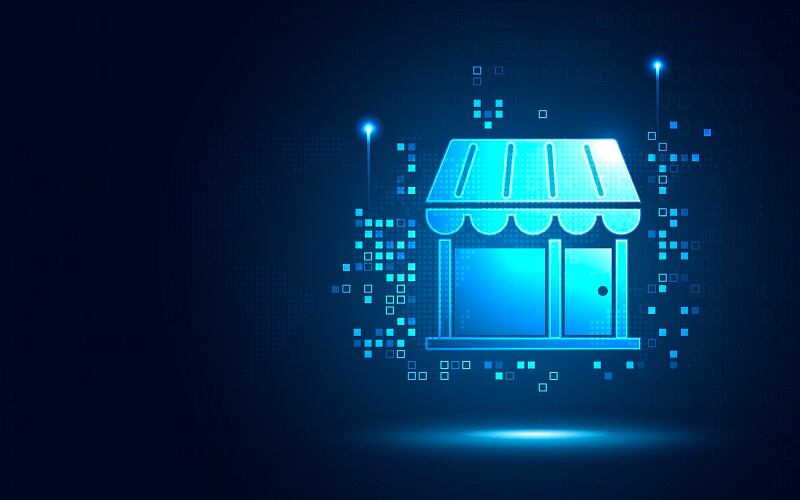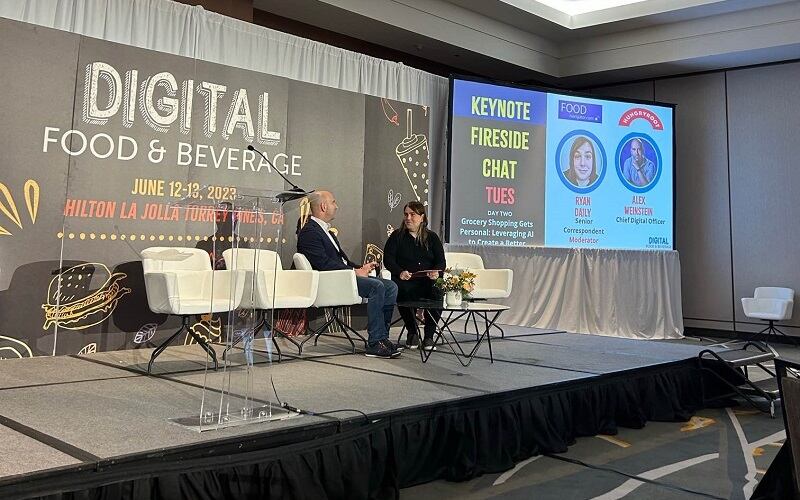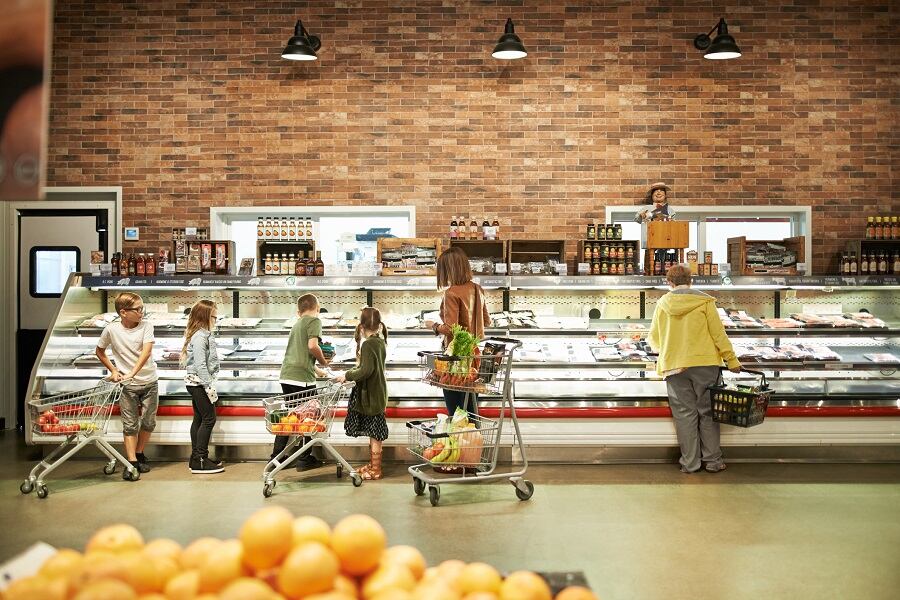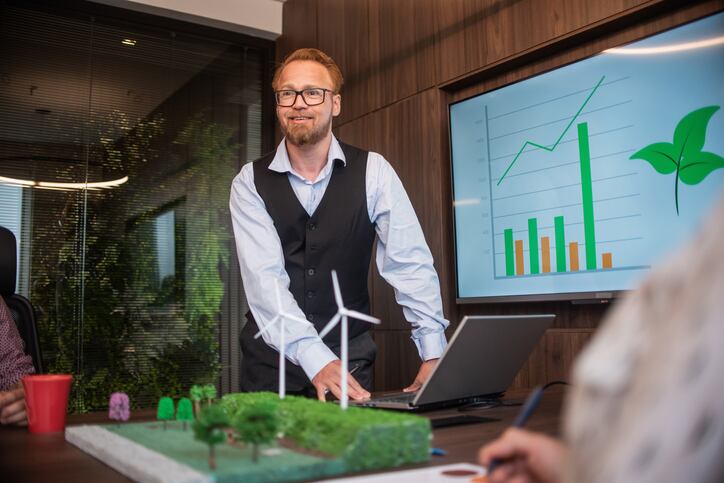“The resources that we are extracting from the planet at the moment is basically 1.7 times according to many reports,” Yousefian said. “We have to be more efficient on the resources we extract; otherwise, we're going to have no planet left.”
Creating a carbon label: First find the data
When it comes to extracting resources more effectively, data across the supply chain can be crucial in understanding where bottlenecks are occurring and how they are impacting the overall carbon footprint, Yousefian explained.
Wiliot can get at that data through a combination of internet-of-things (IoT) sensors and its cloud-based technology platform, which includes a dashboard of sustainability metrics for its customers, he added. For instance, by affixing a Wiliot IoT device to a product, Wiliot can determine the distance a product travels and thus the carbon used in the process or whether a product has dipped below an unsafe temperature level, Yousefian said.
And on the retail side, IoT devices can help determine share shelf availability and continue to monitor temperature range, Steve Statler, CMO & ESG lead at Wiliot, shared in the interview. “With that extended shelf life, we're talking about potentially extra days of shelf life," he added.
“Our cloud and our machine learning is about distilling that stream of data from what we call IoT pixels and turning it into actionable insights. So that tray of fruit that should be in the refrigerator has actually been left on the shop floor. The produce that you're looking for to satisfy the online order that your warehouse management system says in the store is actually in a trailer in the car park in the store. Most modern inventory management systems for grocers were built with kind of a 20th-century paradigm.”
Though this information can be helpful for CPG brands and retailers to improve the sustainability of their supply chain, organizations need to build a company culture around acting on data in the moment, so data doesn't languish in a dashboard unused, Yousefian explained.
“What this does is it goes this is your footprint arguably now of that product, that room, whatever it may be, and if you do a small change. Oh, look, we improved,” Yousefian said. “[Wiliot has] the workings here of an infrastructure the world needs to really start empowering this change. It’s the real-time and the low costs.”
What does a carbon label look like, and will the US adopt it?
But while IoT and data can be crucial to understanding the supply chain, the next part of creating a successful carbon label program comes down to standardization and having industry and governmental involvement, Yousefian explained.
Several organizations like Foundation Earth are working to standardize what a carbon label will look like, Yousefian said. Foundation Earth’s carbon labels provide a ranking from A+-to-E rating (A+ being the highest), which informs consumers how much carbon was used in the product creation.
“[Foundation Earth’s] whole mantra is about making it easy for consumers to make a sustainable decision. If we do obviously need to make better choices as consumers, but I think the availability to make those choices is not there still for us as consumers. We don't know where it's coming from really and that will surely become fluid eventually.”
While political divisiveness might impede carbon label regulation around the world, global governments might not only see carbon label's potential to improve sustainability but also be used a source of tax revenue, Yousefian argued.
"Governments around the world are indebted because of COVID. We've got rising debt levels [and] rising interest rates, so they have to tax more. And so, there isn't an incentive to actually roll this stuff out because it's another way for people for them to essentially...attach a tax to the corporate level. I don't think they think they can tax the consumer too much more."
What about the accuracy, sustainability of IoT devices?
IoT devices and data can be used to back up these carbon labels and find ways to improve sustainability in reality, but they aren’t without their issues. Not only can IoT sensors be damaged or become dysfunctional in the process of transporting products, but they also come with an additional cost, financially and environmentally.
When asked about these issues, Yousefian explained that data science through swarm intelligence can be used to assess with “99.9% confidence that is truly the temperature and that that product is there.” Regarding the price and environmental impact, Wiliot IoT devices “cost less than 10 cents, and the price is steadily going down,” Statler said.





